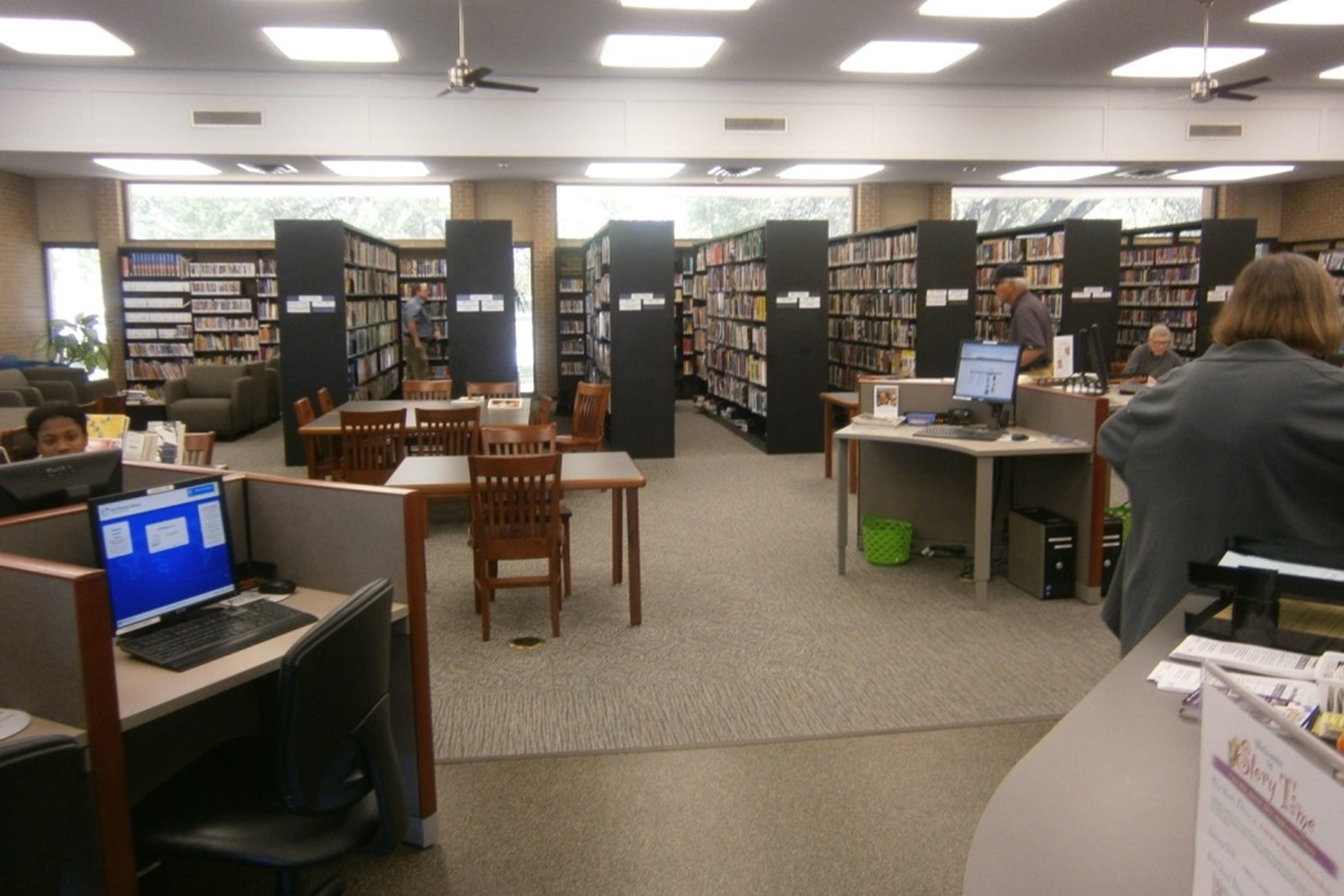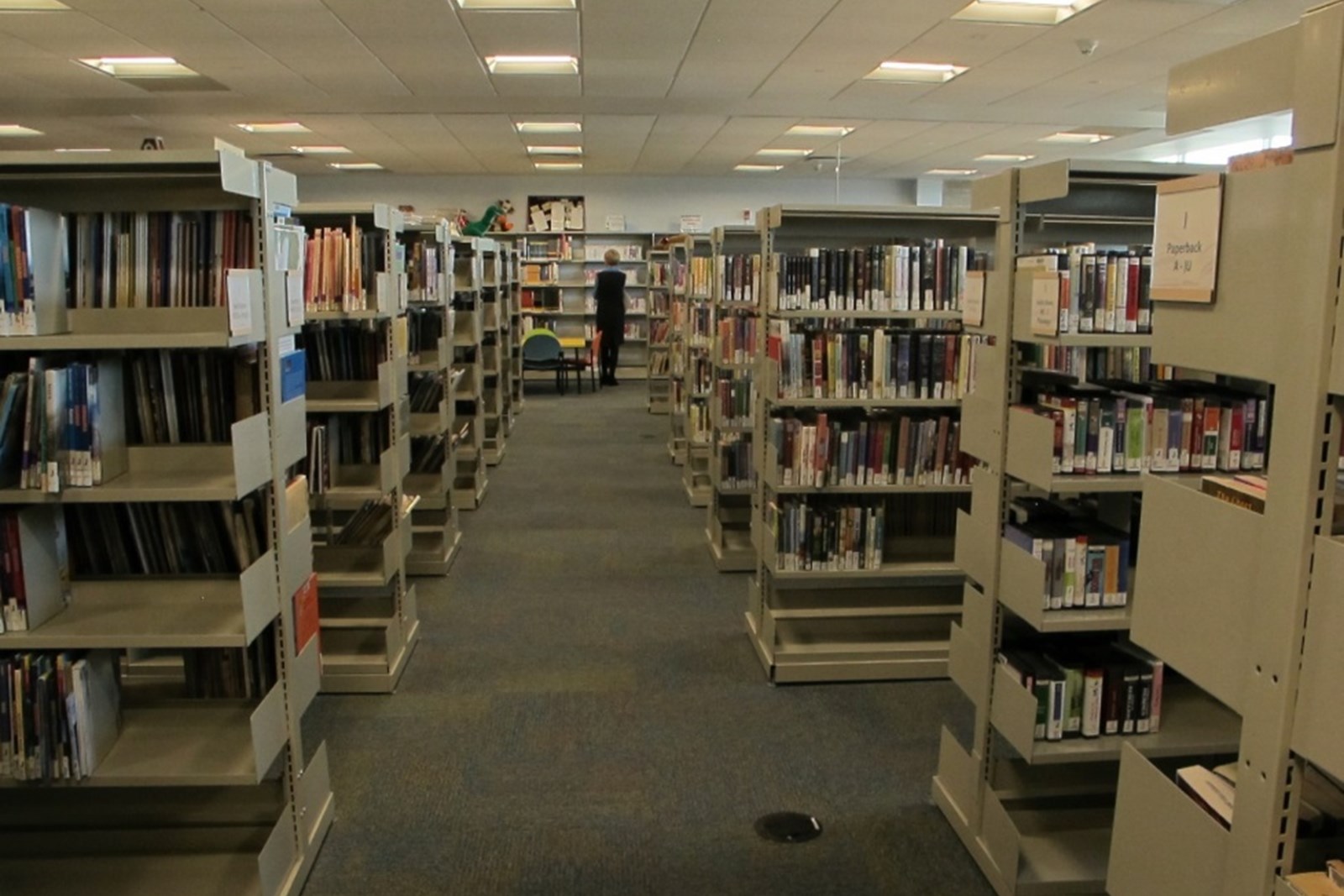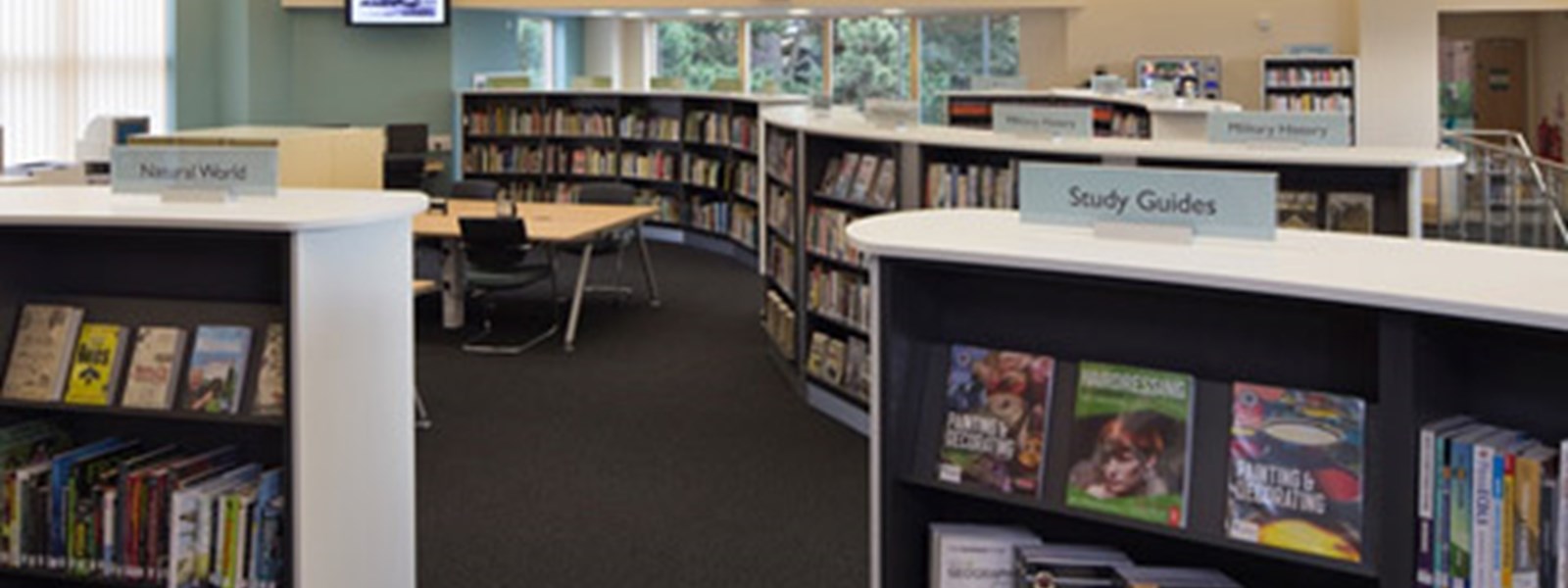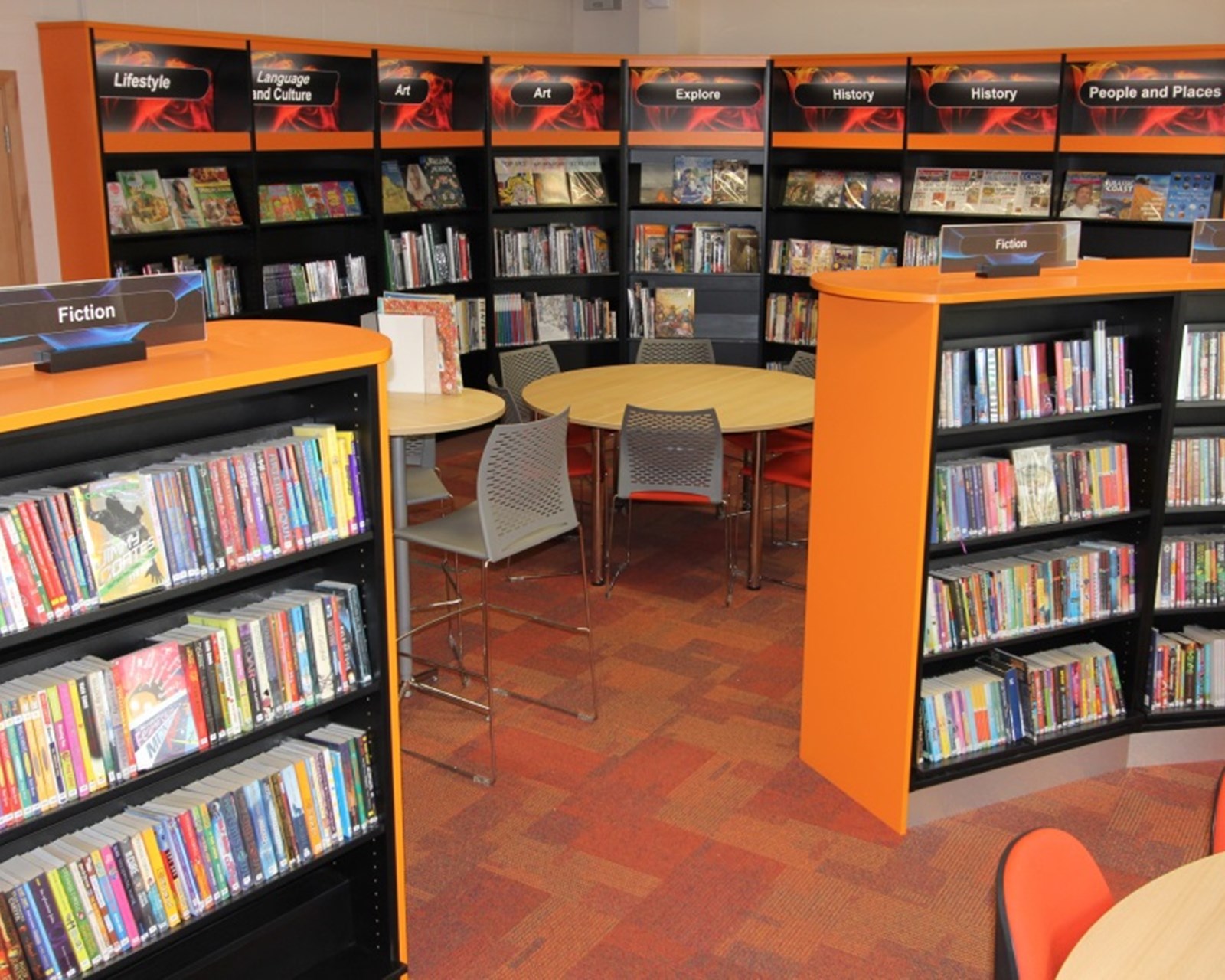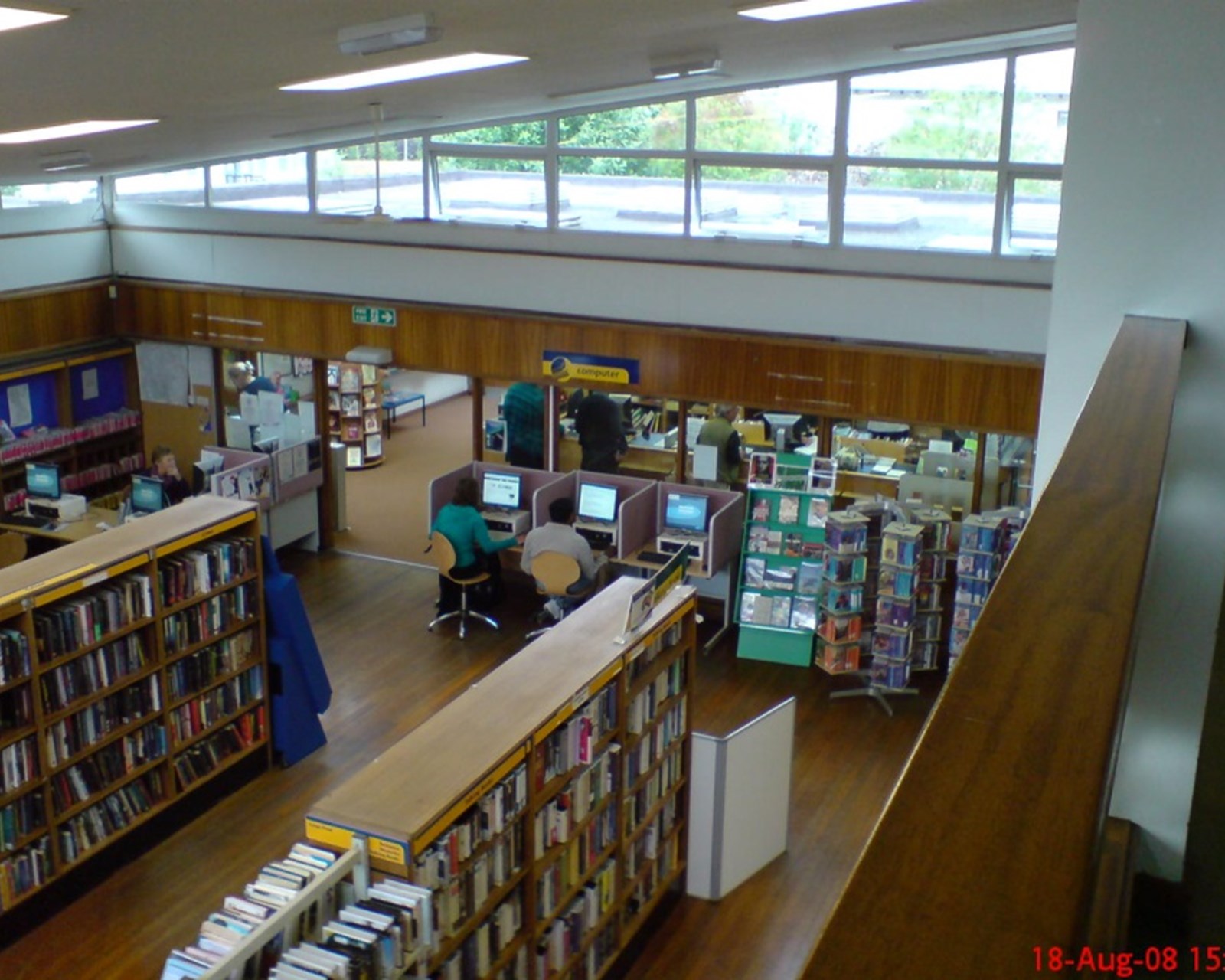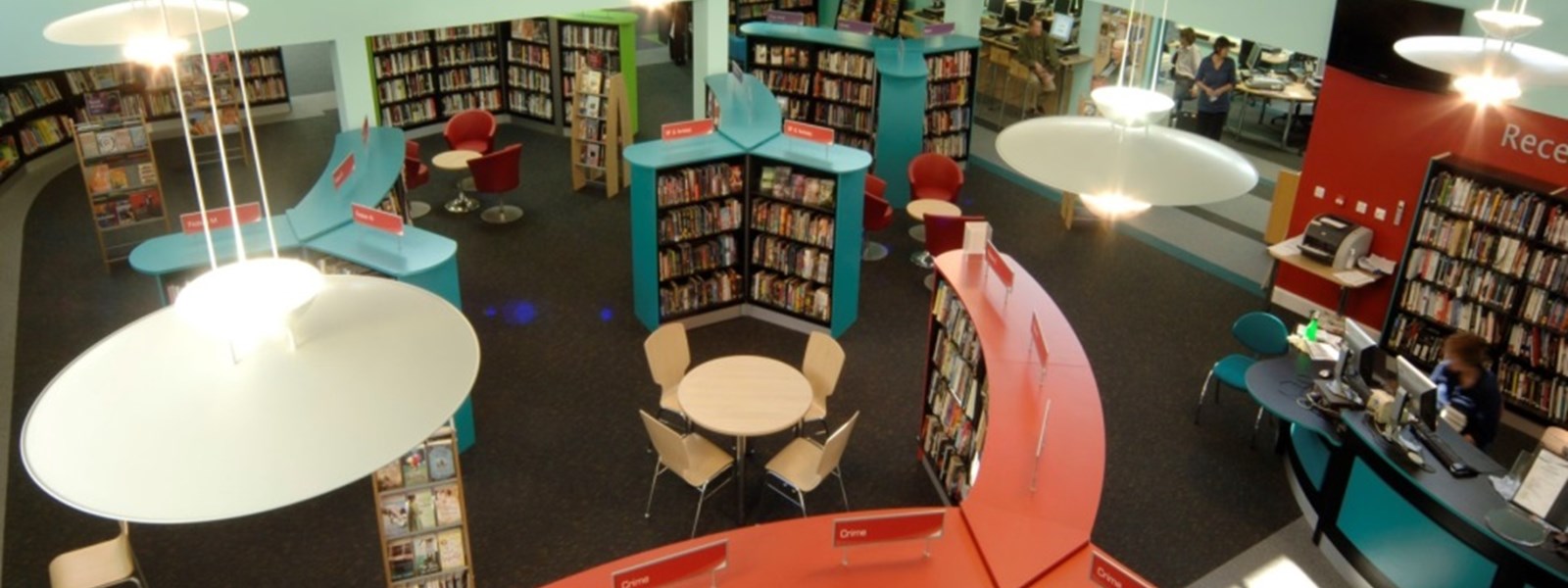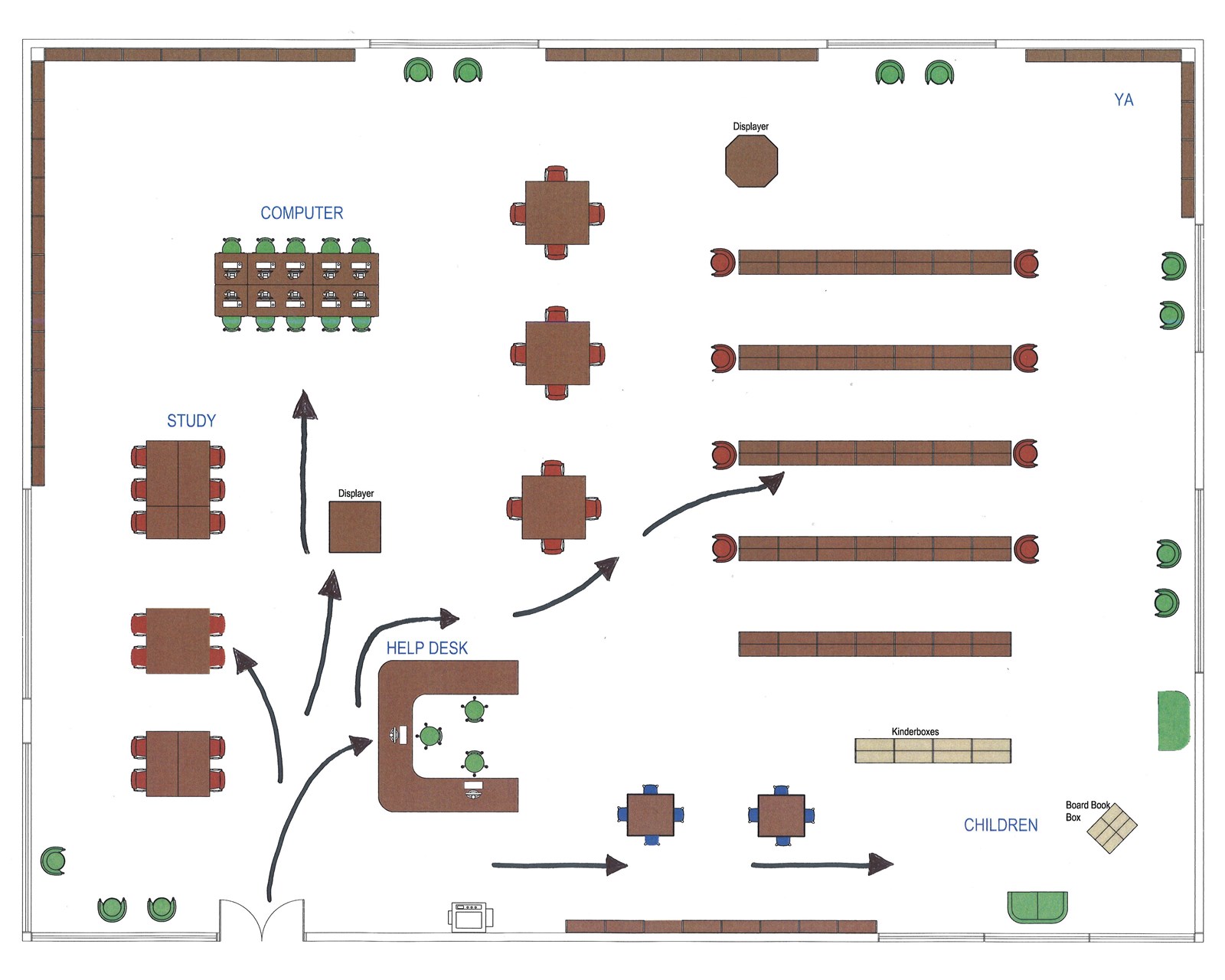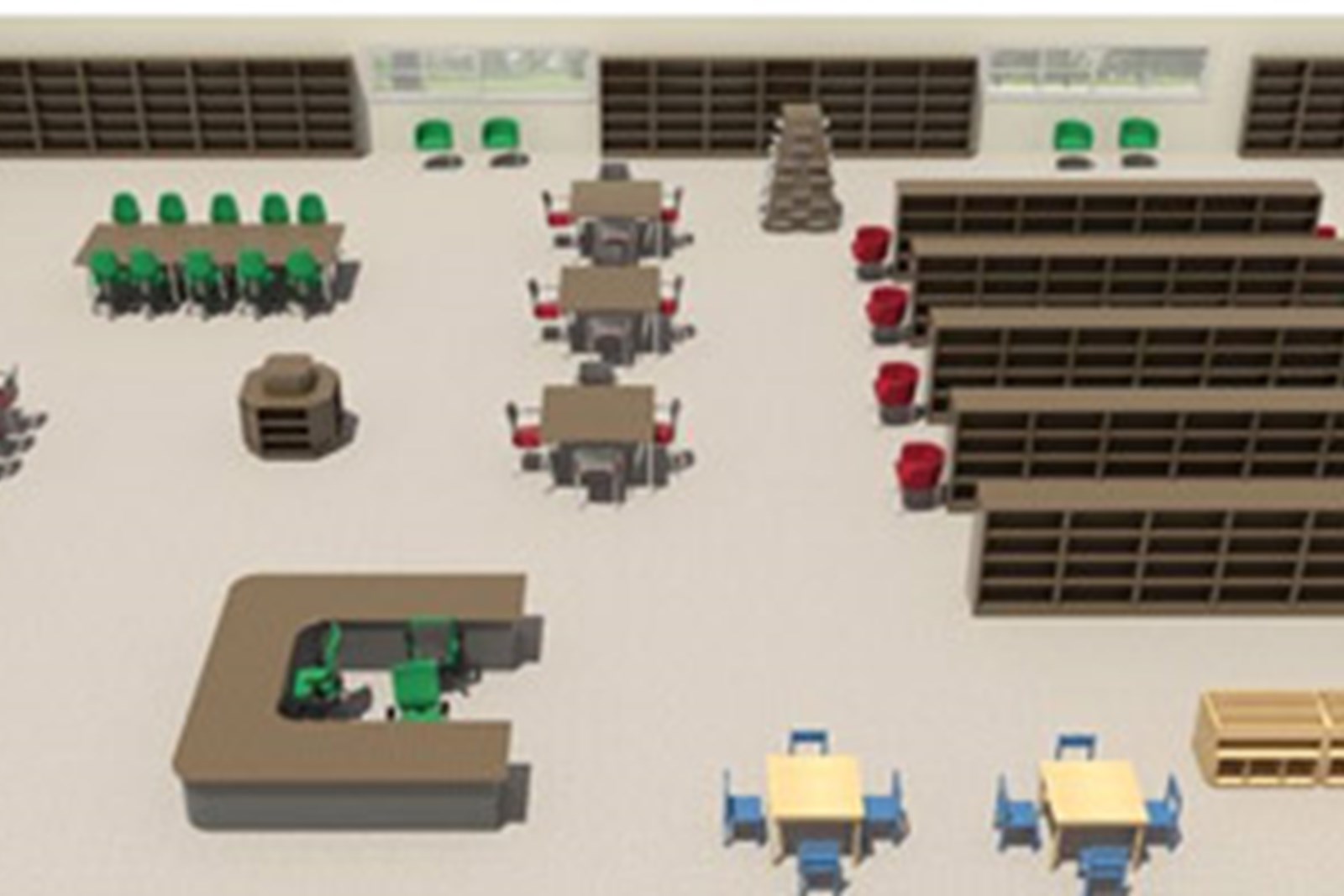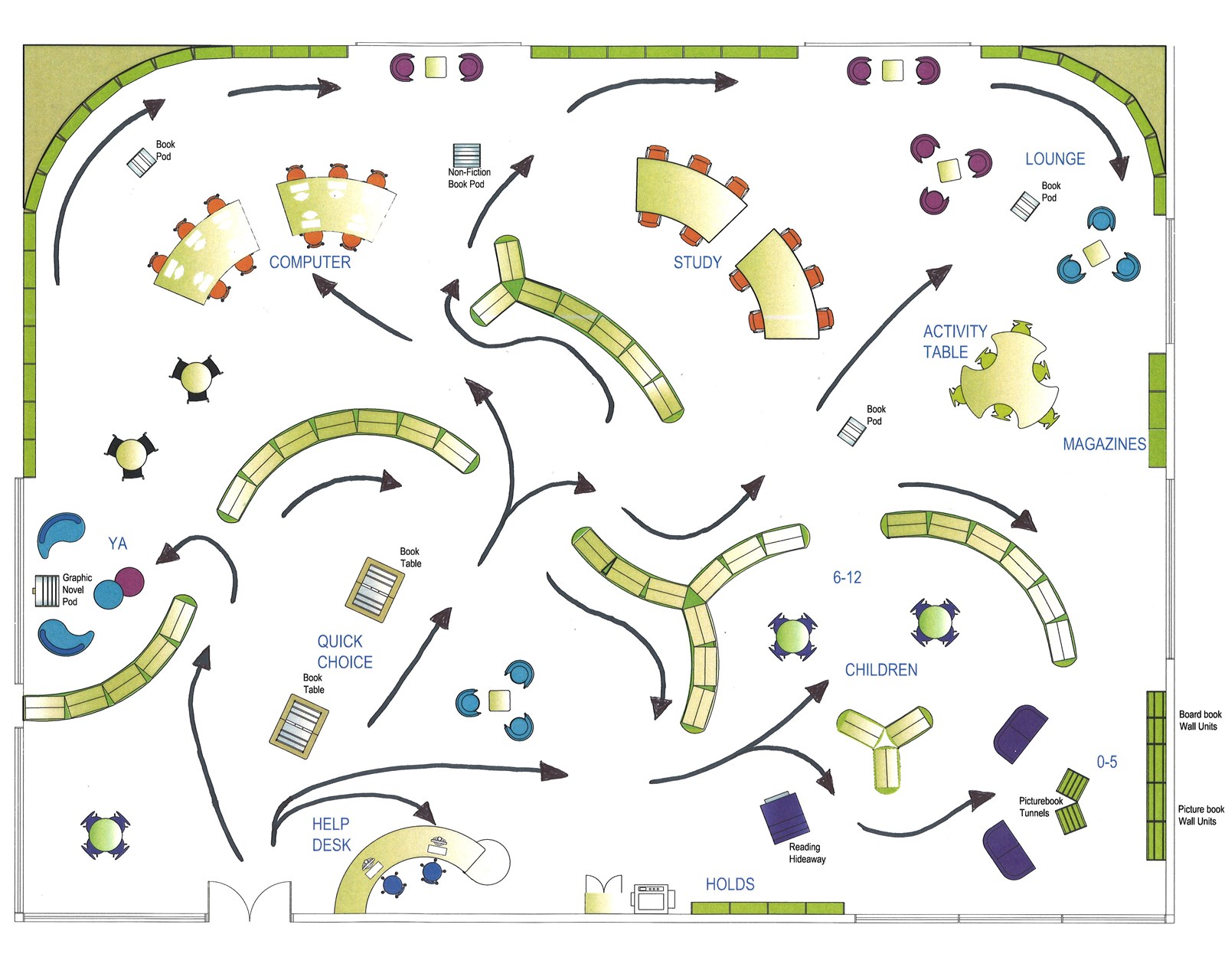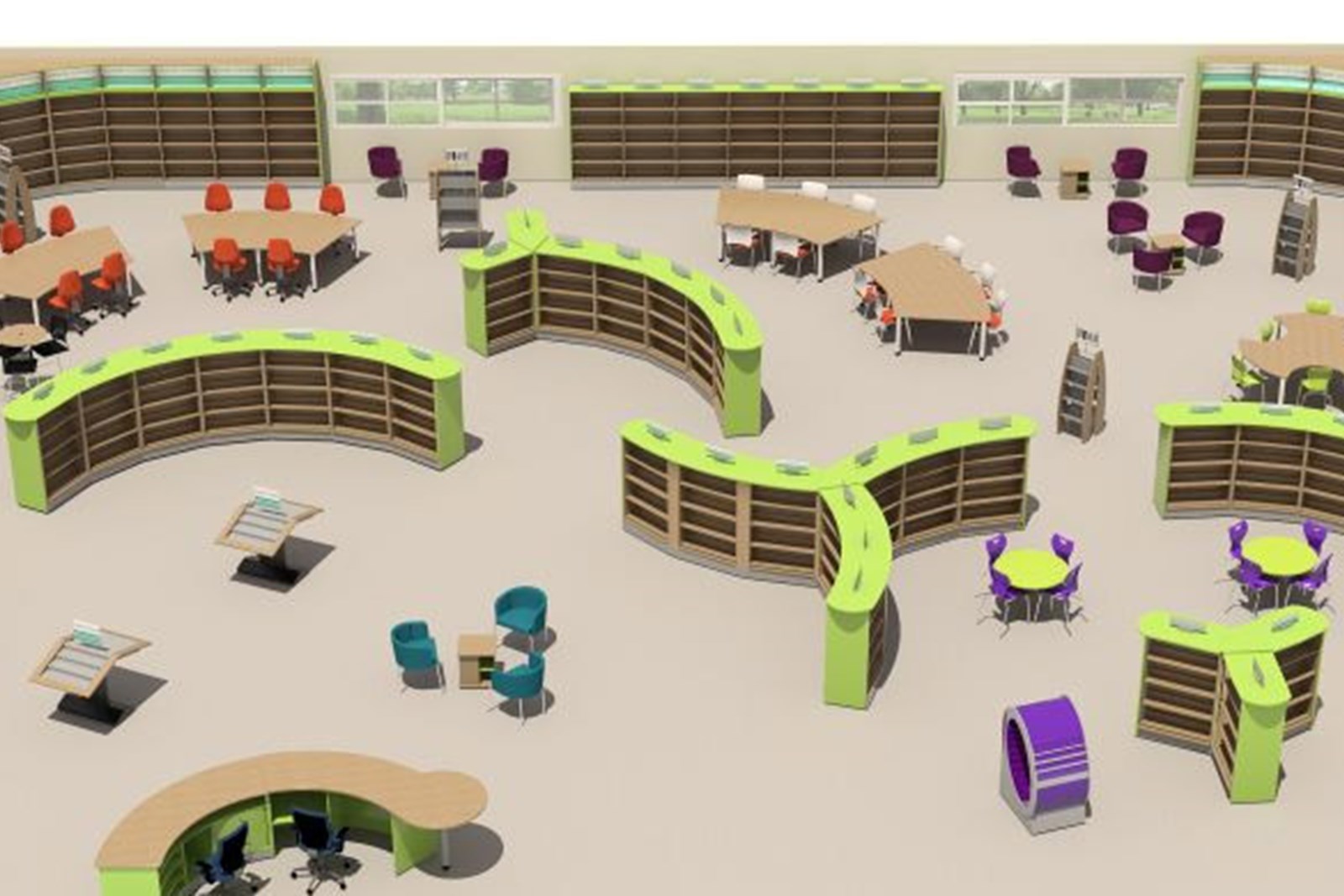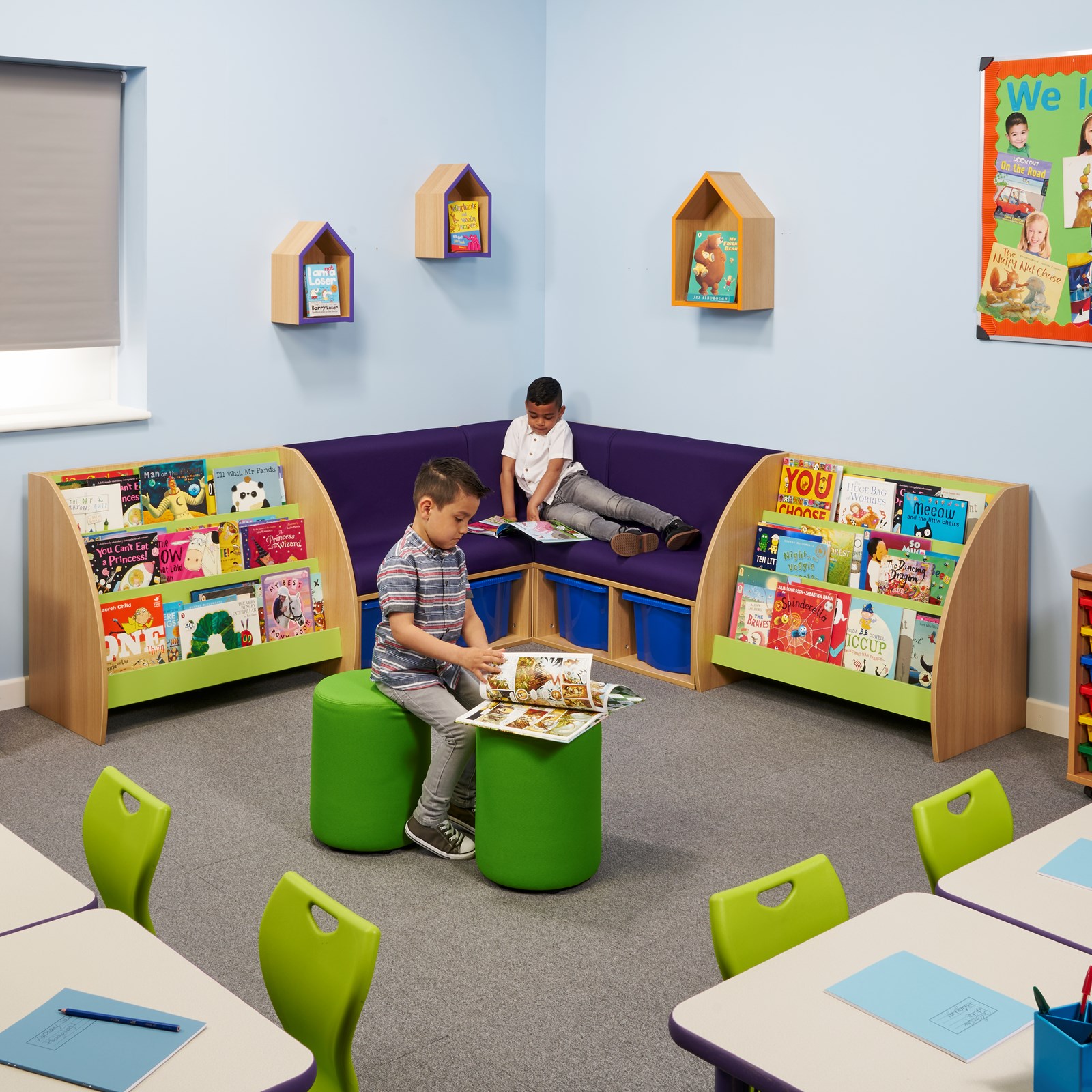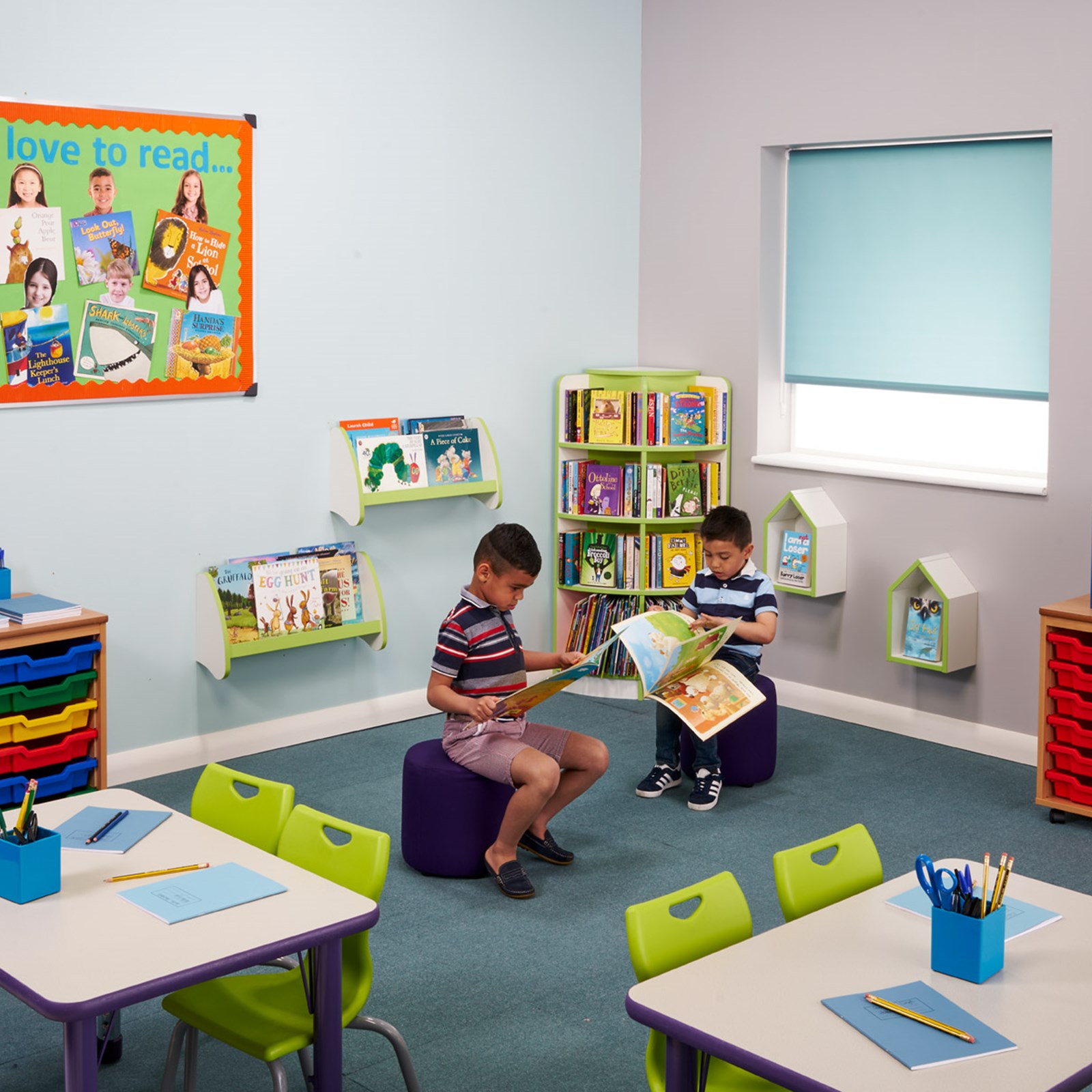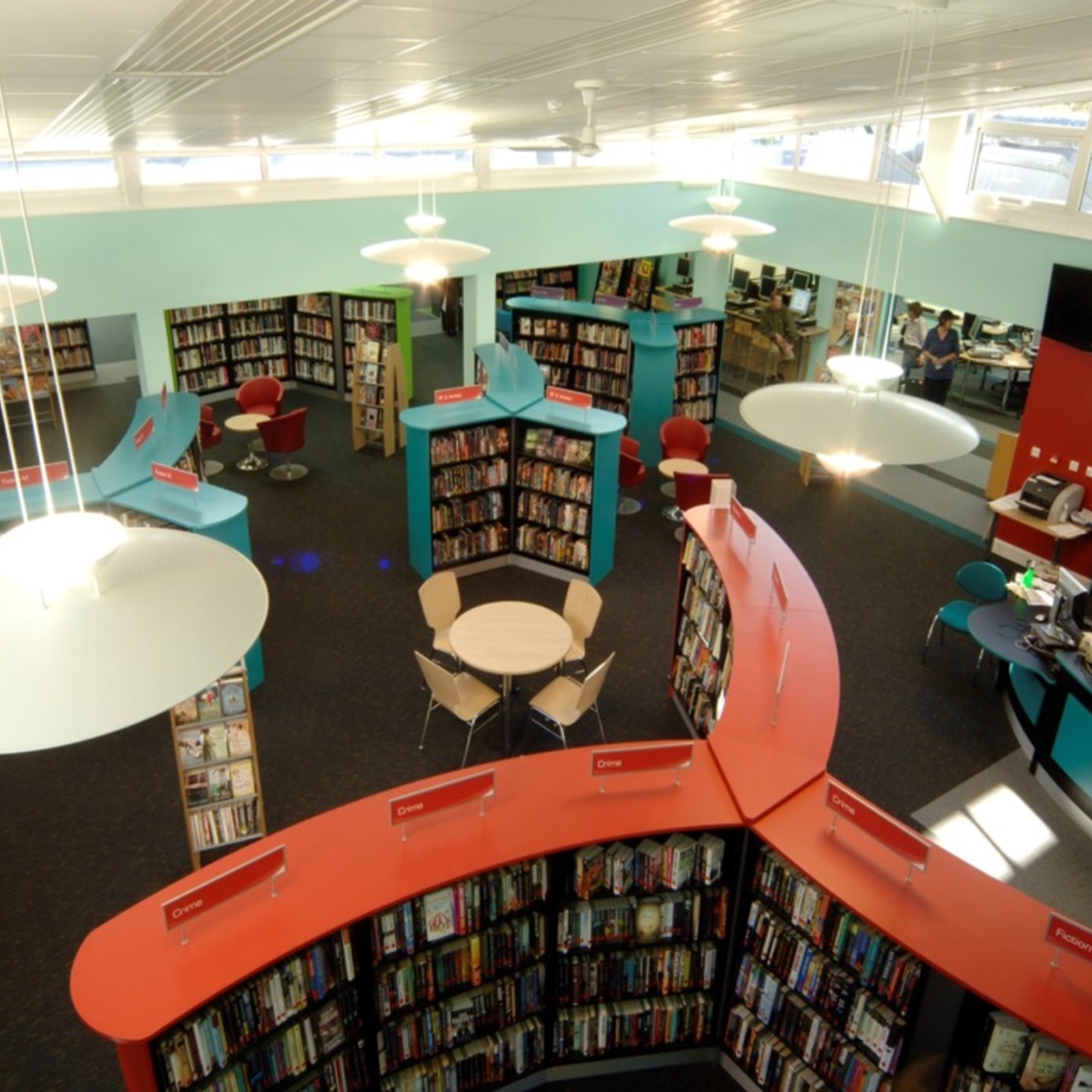Exciting Discovery Layouts
Why must shelving be straight and boring? Find out how a Discovery Layout creates a dynamic experience and draws everyone forward to explore the whole space.
So many libraries have row upon row of shelves, stretching away as far as the eye can see .... They all look the same and it's hard to know where to go.
At Opening the Book, we have studied the way people move through library spaces, which way they turn, how far they go, where they stop. We have built a unique bank of research carried out in libraries in different countries, including thousands of observations of patron behaviors and a database of more than 50,000 library patron interviews. We apply this knowledge in our designs to ensure there are no dead spaces or tight corridors of shelving. Instead our layouts offer smooth organic flows which entice people forward with a continuous sense of exploration and discovery.
These illustrations use exactly the same number of bookcases, study desks and soft seats in the traditional layout and the Opening the Book discovery layout. There is no loss of capacity – just a big increase in appeal and engagement.
Clever design can make small spaces feel bigger and cavernous spaces more friendly. In the example below, we needed to pull people through to the ends of long narrow spaces and also to connect two separate areas so they feel like one coherent offer. Follow the fly-through on a virtual journey to show how to make a library offer tempting and dynamic.
Here are some of the key differences between a traditional library layout and a discovery one. We can use this understanding to bring 'wow' factor into any library space.
Traditional and Discovery: the differences
Traditional layout |
Discovery layout |
| Regimented rows can look intimidating | Tempting first impression |
| Customer journey is short and functional | Customer journey is varied and interesting |
| Straight rows offer no enticement | Curves create browsing spaces and draw people forward |
| Book stacks are dense while desks are boring, no encouragement to explore | Open and inviting layout - no dead ends or corridors |
| Books are hidden and appeal only to the 25% purposive users rather than the 75% impulsive | Integrate shelving and social areas so books are in the eyeline wherever you sit |
| Traditional desks reinforce impression of a formal environment | Curved desks are less formal than a classroom |
| Problem of noise in the open desk area as people speak louder to be heard over neighbors | Noise is reduced as desks are split up plus bookcases absorb sound |
| No differentiation – everything is uniform | Easy to zone for different ages/activities |
| Open social areas are busy while shelving areas are empty and dead | Every part of the space gets visited and used |
 United States
United States Canada
Canada United Kingdom
United Kingdom
